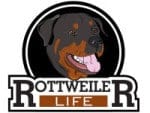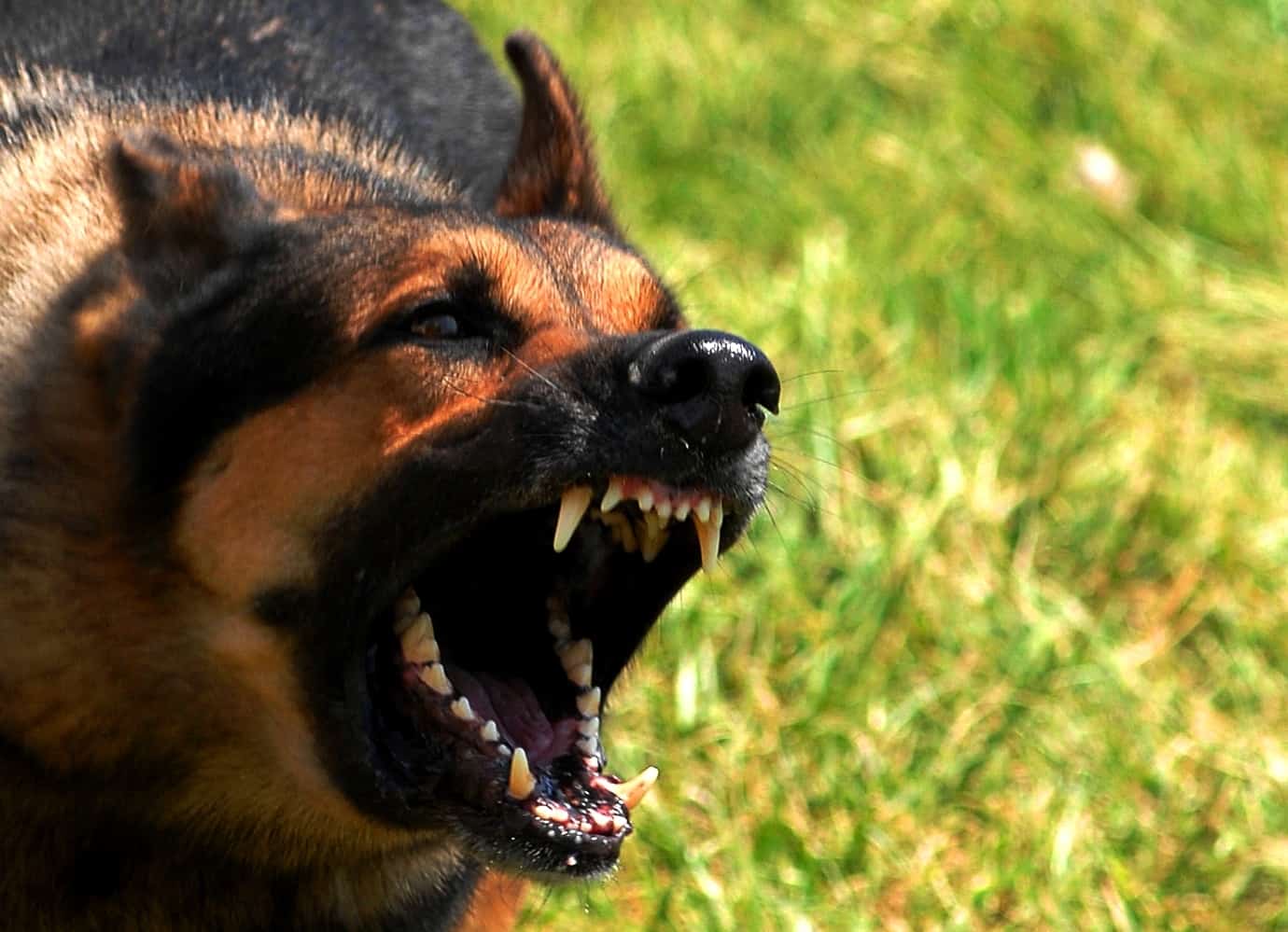HOW TO CHANGE A COWARDLY DOG TO A FIERCE DOG
It has happened to many dog owners, they buy a dog expecting it to be a fierce guard dog only for it to be bullied by the cat or for it to run and hide whenever it hears a sound at the door. Cowardly dogs are common and more common in certain breeds but have no fear it is possible to train them into fierce dogs.
First of all it is important to understand that the older the dog, the harder it will be so you need to teach courage from an early age.
To do this you need to understand that a cowardly dog acts that way because it lacks confidence so the first step is to give the dog the confidence it needs. Familiarise it with it’s surroundings: the noises, the people and other animals around and even objects. If the dog looks to you for protection whenever it is scared, you will need to be around it as it gets used to its surrounding.
Take it out for walks and encourage people to come and pet it especially bellow the jaw. It may seem strange that you need to make it friendly to teach it to be fierce but truth is if it begins to see no threat in its surrounding, it will build courage which is a big step in becoming fierce. Interestingly also, it is cowardly dogs that are more likely to bite people and strangers and cause problems for their owners because they are always scared and threatened.
Once you have succeeded in getting it to feel comfortable in its surrounding, it is time to teach your cowardly dog how to obey commands. Start with simple commands like sit, stay and come. To encourage obedience to the commands, you should use treats as opposed to threats and punishment. It is especially important never to hit the dog because this will only make it more fearful. You may want to enrol in an obedience class at this point.
When the dog has mastered simple commands, you will want to focus on its agility; animals tend to build confidence when they are able to overcome obstacles. Encourage him to run, jump, if possible swim and put a few obstacles around so it can manoeuvre, over or through them. By this point you should be able to see a marked change from a cowardly dog to a more well rounded one.
Your focus now should change to teaching your dog how to attack on command. It is important to be able to command the dog to attack as opposed to having it attacking strangers at will. If you look at police dogs, they are the fiercest dogs but they usually only attack on command or if they sense eminent danger. It would be best to have professional trainers do this but if you are determined to do it on your own, you will need the assistance of a well protected individual to act as an agitator. The agitator should be dressed in clothing that will protect them from the bite of the dog because their work is to appeal to the animal’s instinct to attack them aggressively.
You should start off by keeping the dog on a leash as you command it to attack but with time you can let it lose and simply give the command. Remember to use the same command for attack and reward it whenever it responds correctly.
Remember some dogs are just naturally friendly and may never advance to fierce dogs even with training but it is certainly possible to change a cowardly dog into a more courageous one as long as it is not too old.


